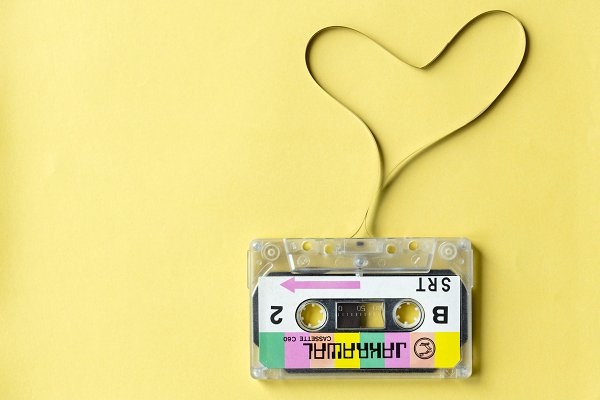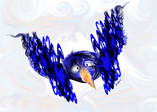| "Rag Doll" is a popular song written by Bob Crewe and Bob Gaudio. It was recorded by The Four Seasons and released as a single in 1964. It reached number one on the Billboard Hot 100 on July 18, 1964, and remained on top for two weeks.[1] The song was also a number one hit in Canada, and reached number two in the UK and number four in Ireland. | |
| "Hopelessly Devoted to You" is a song written by John Farrar. It was originally performed by Olivia Newton-John in the film version of Grease. It reached No. 3 on the Billboard Hot 100 and No. 7 on the Easy Listening chart.[3] On the country chart, "Hopelessly Devoted to You" peaked at number twenty and was her first top twenty country hit in two years.[4] | |
| | "I Know a Place" is a song with music and lyrics by Tony Hatch. It was recorded in 1965 by Petula Clark at the Pye Studios in Marble Arch in a session which featured drummer Bobby Graham and the Breakaways vocal group. Released as the follow-up to "Downtown", "I Know a Place" became Clark's second consecutive Top Ten hit in the United States, remaining on the charts for twelve weeks. |
| | "You Should Be Dancing" is a song by the Bee Gees, from the album Children of the World, released in 1976. It hit No. 1 for one week on the American Billboard Hot 100, No. 1 for seven weeks on the US Hot Dance Club Play chart, and in September the same year, reached No. 5 on the UK Singles Chart.[3] The song also peaked at No. 4 on the Billboard Soul chart. It was this song that first launched the Bee Gees into disco. |
Harv









